The Can Gio Offshore Wind Power Plant Project, with a capacity of 6,000 MW and a capital of nearly VND 400,000 billion, is proposed to be added to the National Power Plan to 2030, with a vision to 2050.
The Can Gio offshore wind power plant is proposed by a joint venture between Japanese and Vietnamese enterprises. The project is located offshore in the South China Sea, with a survey area of over 325,000 hectares. The land area of the project is located in Hiep Phuoc Industrial Park (Hiep Phuoc Commune, Nha Be District) with an expected area of about 8 hectares.
The project has a total installed capacity of 6,000 MW, with an estimated total investment of nearly VND400 trillion (including site clearance costs), divided into four investment phases. The Can Gio offshore wind power plant will supply voltage to the 500 kV national grid, with the connection point at Da Phuoc station.
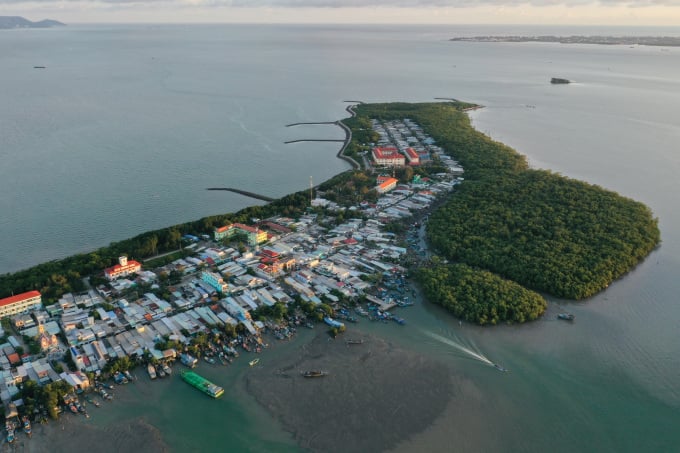
Thanh An island commune, Can Gio district, October 2021. Photo: Quynh Tran
After consulting with relevant units, the Department of Industry and Trade proposed that the Ho Chi Minh City People's Committee issue a document requesting the investor to contact the Ministry of Industry and Trade and the Ministry of Natural Resources and Environment for guidance on survey procedures and proposals to add the project to the National Power Development Plan to 2030, with a vision to 2050.
Previously, during the consultation process, Ho Chi Minh City Electricity Corporation (EVN HCMC) stated that the project connection plan needed to use advanced technology for the construction of 220/500 kV transformer stations to limit land occupation and impact on the marine environment.
In particular, the 500 kV line connecting to the 500 kV Da Phuoc station crosses the Can Gio island district, so it is necessary to consider the possibility of affecting the protective forest land. In addition, the proposed location of the plant is located offshore of Can Gio district, so it is necessary to have professional opinions from the area's national security management unit.
According to the Department of Planning and Investment, based on the central government's policies and guidelines, the study to attract wind power projects is reasonable. However, the project is expected to use 325,000 hectares of sea surface, which will have a huge economic, social and environmental impact, so it is necessary to fully assess the impacts, especially on the mangrove forest area.
Similarly, the People's Committee of Can Gio District believes that clean energy development is a global trend, so it supports investment in offshore wind power projects. However, the project uses a large area of sea surface, so it is necessary to consider the impact on the environment of the world biosphere reserve. In addition, it is necessary to assess the impact of shipping flows in and out of international ports, and to solve jobs for fishermen because the fishing area is narrowed.
The Department of Industry and Trade said that each year Ho Chi Minh City consumes 25 billion MW of electricity (10% of the country's total), but the source comes from Phu My Thermal Power Company (Ba Ria - Vung Tau) and the surrounding area, so the locality cannot take the initiative in the supply.
According to the National Power Development Plan to 2030, vision to 2050 (Power Plan VIII) approved on May 15, Vietnam's power source structure will have many changes in the direction of prioritizing the development of renewable energy and clean energy; reducing and completely eliminating coal-fired thermal power. By 2030, the total capacity of power plants serving domestic demand is 150,489 MW, excluding exports, existing rooftop solar power, and renewable energy for new energy production.
Le Tuyet
Source link


![[Photo] Prime Minister Pham Minh Chinh chairs conference on anti-smuggling, trade fraud, and counterfeit goods](https://vphoto.vietnam.vn/thumb/1200x675/vietnam/resource/IMAGE/2025/5/14/6cd67667e99e4248b7d4f587fd21e37c)
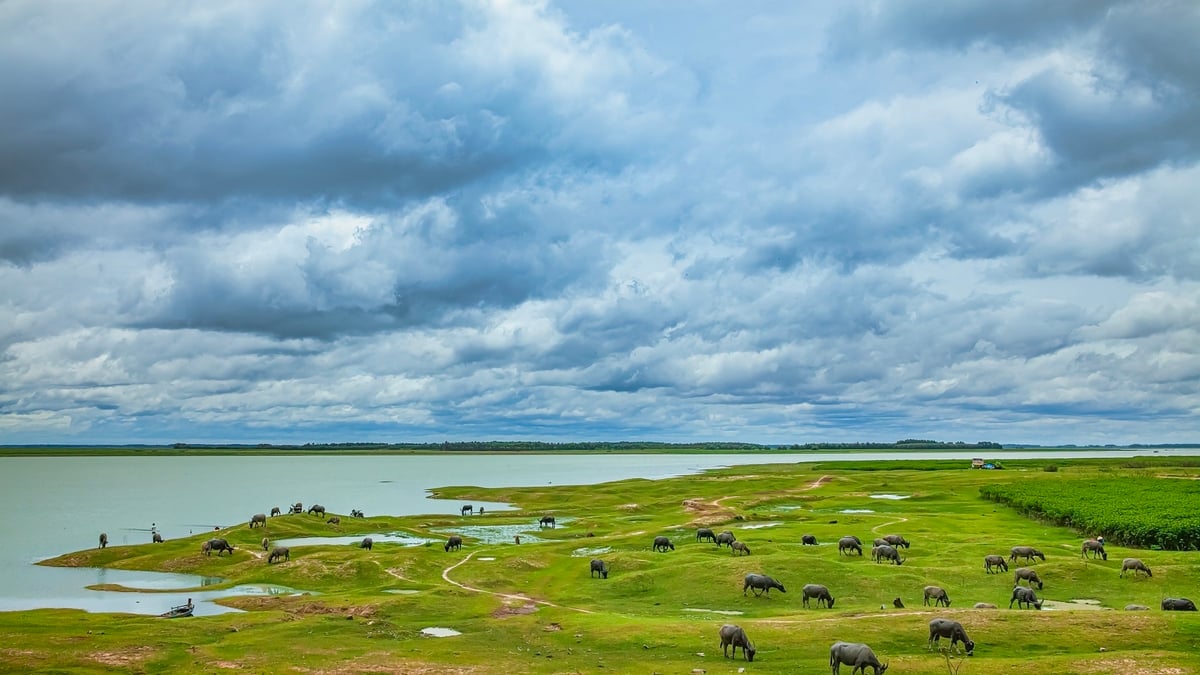



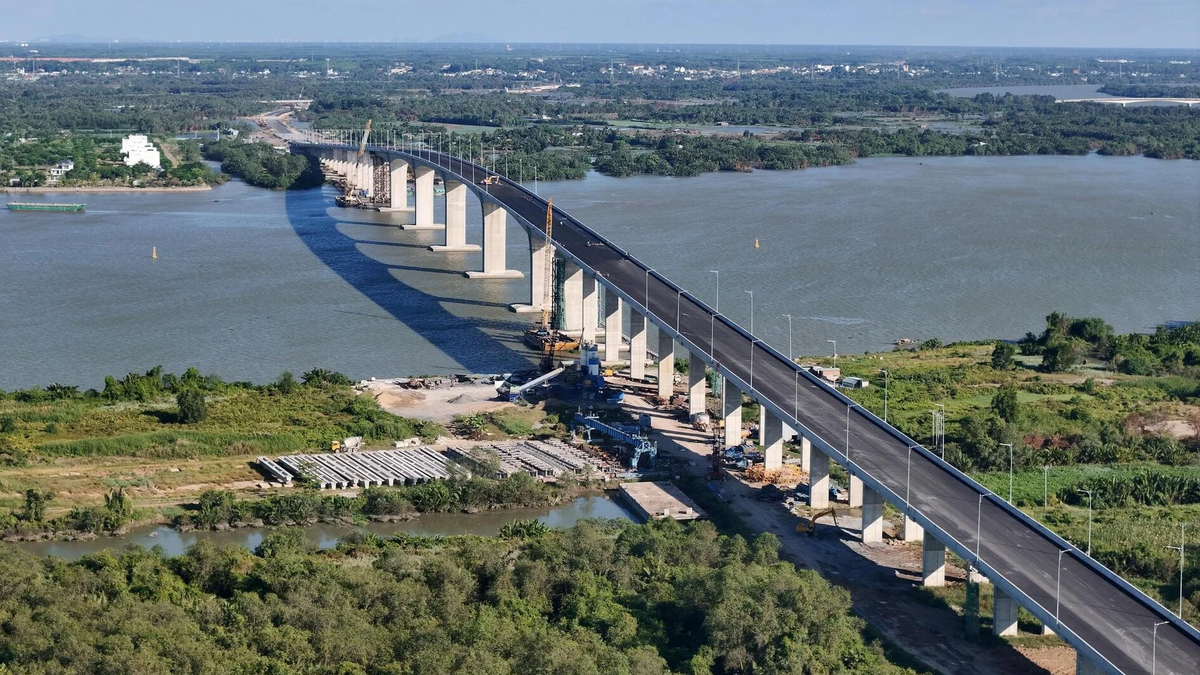
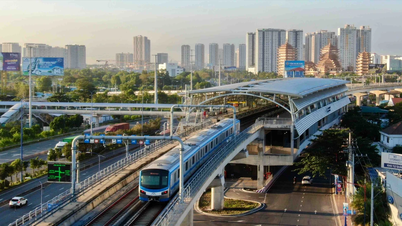



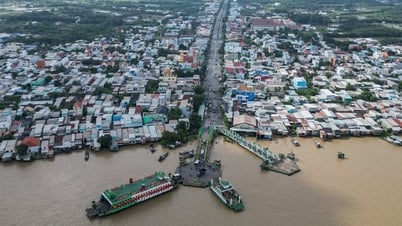



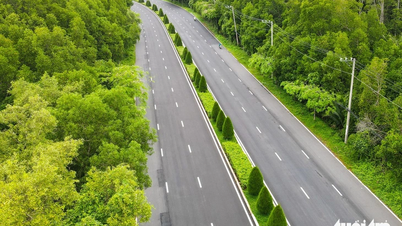



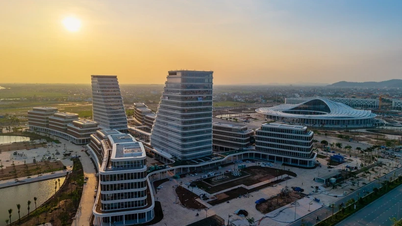
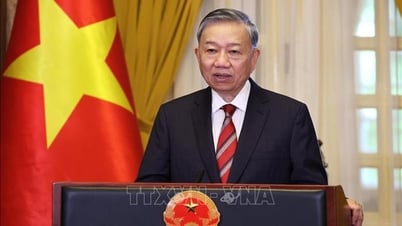













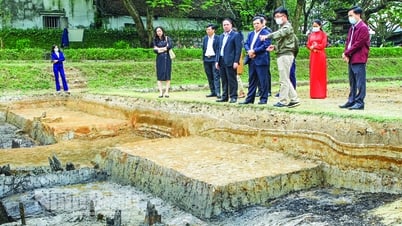







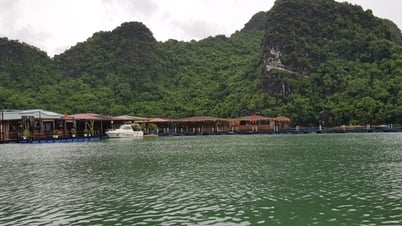











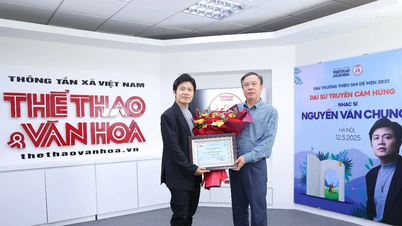





















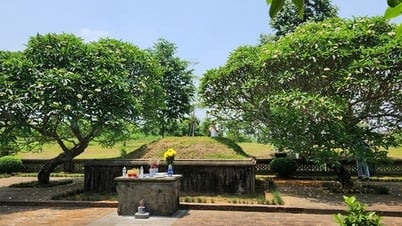


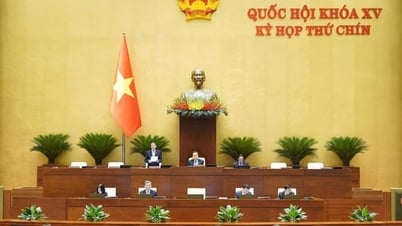

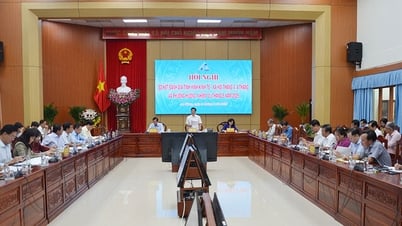





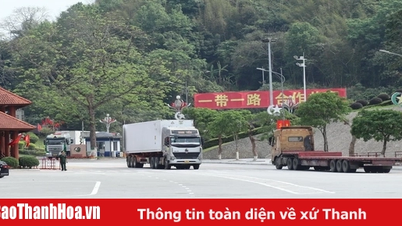















Comment (0)